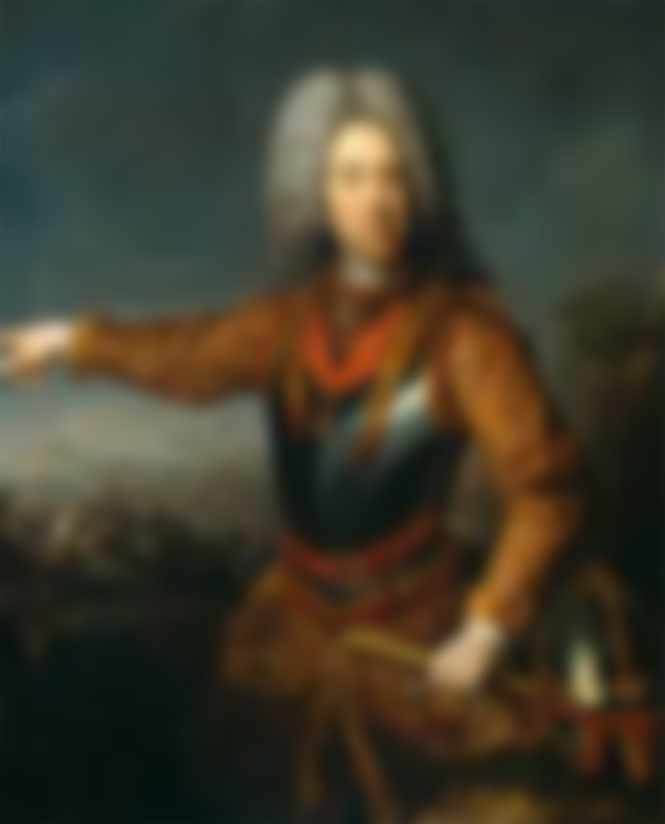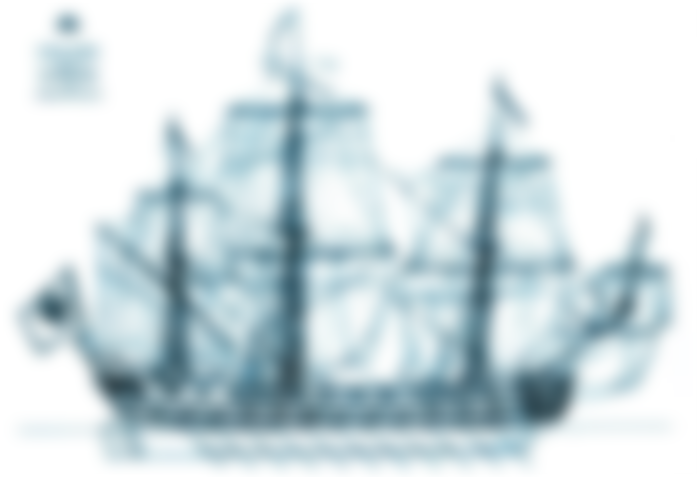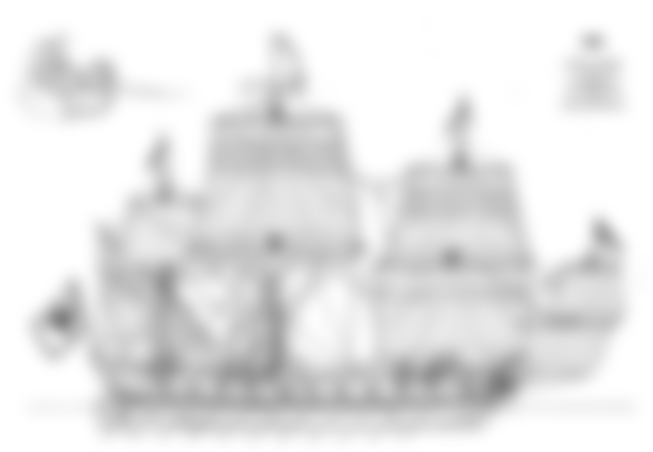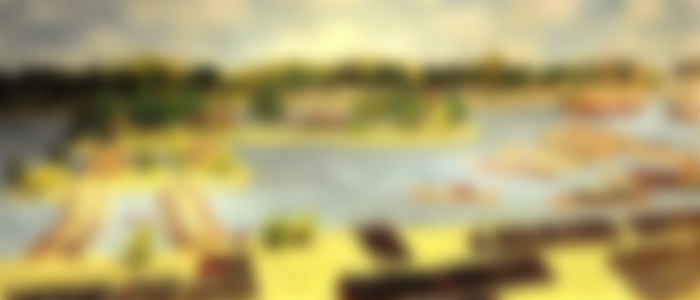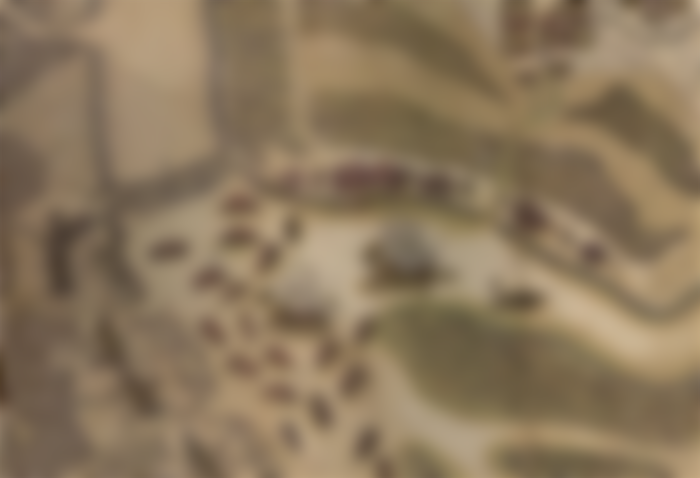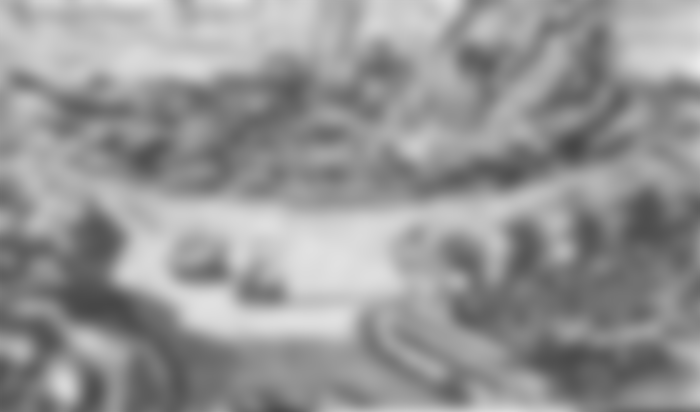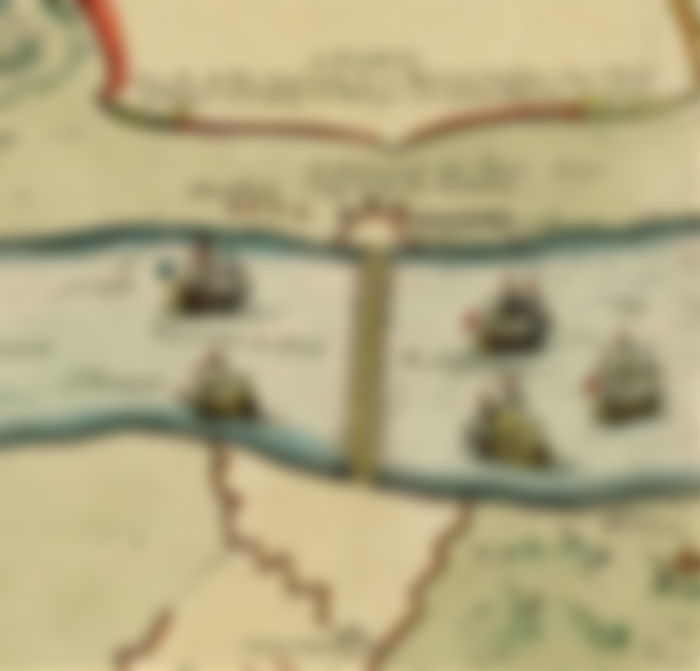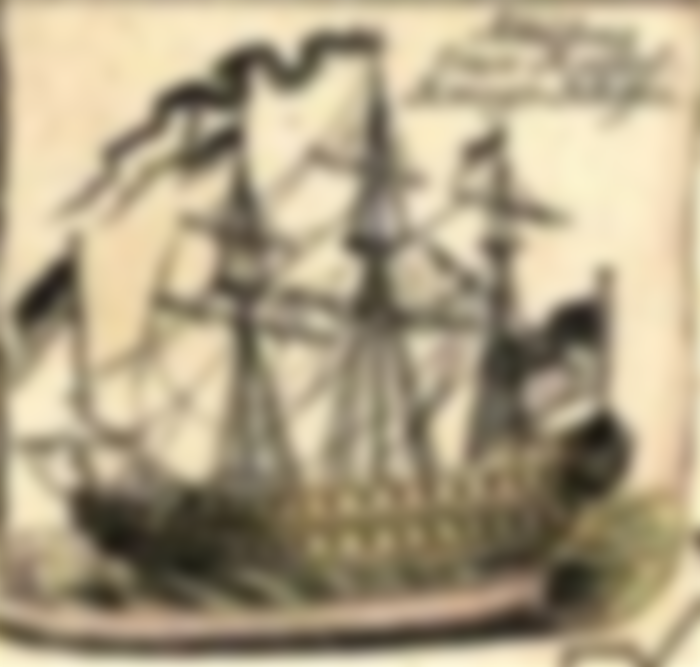After the defense of Petrovaradin in 1716, the Osmalije were fortified in Belgrade.

For a complicated siege campaign, Eugene of Savoy plans to introduce powerful frigate ships with 50 cannons on two decks, which would protect river approaches, pontoon bridges and bridgeheads, and bring an advantage with their powerful artillery. Experts from the Netherlands, England, etc. were invited to build these ships. The ships had to be shallower because of the dangerous Danube banks and other dangers of such river navigation.


The first preparatory works for shipbuilding began in the summer of 1715.
Work on the ships was slow due to poor material estimates, lack of money and frequent other problems.
On July 15, 1716, the inauguration of seven partially completed ships was held by the Bishop of Vienna. The Emperor, the Papal Nuncio, many ministers and officials attended the Mass read on the ship "St. Leopoldus" Other ships were "St. Mary", "St. Joseph", "St. Carolus", "St. Elisabeth", "St. . Stephen "and" St. Franciscus. "
"St. Leopoldus" and "St. Carolus" left Vienna on July 17 and "St. Joseph" on July 18.

The first two completed ships, "St. Carolus" and "St. Franciscus", arrived in Osijek in mid-August after a month-long voyage and were fortified here. They were armed with cannons from the fortresses they passed.
A fleet of fifty seagulls was also expected, each with about thirty men, but only thirty-one were completed. The first three frigates arrived in Petrovaradin only on August 17, so Prince Eugene decided to conquer Timisoara in the meantime, and for his campaign he did not need other ships.
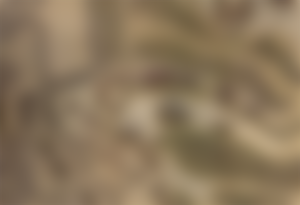
In mid-September, three ships were at the mouth of the Tisza, the fourth ship "St. Leopoldus '' arrived on September 22, and the fifth '' St. Elisabeth '' was on his way from Vienna to Osijek.
Ships were prepared for the campaign towards Belgrade in 1717:
"St. Maria" - 54 cannons - flagship, "St. Leopoldus" - 54 cannons, "St. Elisabeth" - 50 cannons, "St. Joseph" - 40 cannons, "St. Carolus '' - 40 cannons," St. Franciscus "- 40 cannons," St. Stephanus "- 30 cannons.
These seven ships proved to be too bulky as opposed to the Turkish ships, so the other three frigates were built somewhat lighter and more agile. These are:
"St. Eugenius" - 50 cannons, "St. Theresia" - 50 cannons (named after the future empress), "St. Johannes Capistranus" - 50 cannons
To this should be added 30 seagulls with cannons and about 200 smaller vessels for pontoon bridges

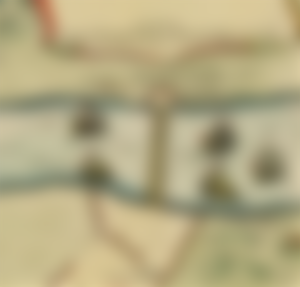
The frigates had smaller vessels with them, which they maneuvered through the Danube meanders with the help of rowers. They moved as we can see in the pictures with the help of rowers and sails.
The size of the fleet in 1717 reached 1,000 sailors
After a successful complex campaign, the frigates remained near Belgrade and over time the ships were no longer needed, they were used in Belgrade as warehouses and hospitals for the army. Eventually they tore them down, smashed them and sold them as firewood.
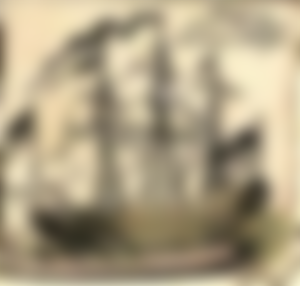
Today, fortunately, we have their blueprints by which we can see that they were real fortresses with numerous cannon openings. There is also a whole model of this famous battle exhibited in the Danube Museum in the Austrian castle Petronello
